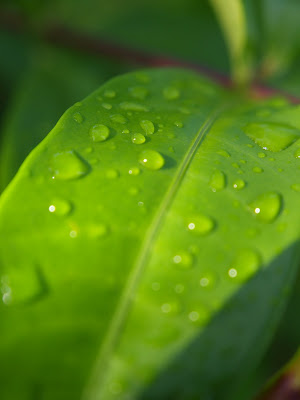 I don't consider myself to be any more eccentric than other people. I think I am a quite normal person. There are, however, times when I cannot help behaving weirdly. It is when I am at art exhibitions. Good exhibitions, to be more precise.
I don't consider myself to be any more eccentric than other people. I think I am a quite normal person. There are, however, times when I cannot help behaving weirdly. It is when I am at art exhibitions. Good exhibitions, to be more precise.When I find something I really like at exhibitions, I start acting weirdly, according to my husband. I roam around galleries, sometimes for hours, with strange sparkles in my eyes. I stand still for an unusually long time in front of my favorite works, often without noticing I am in the way of other people who are interested in the works.
 Today was the day I had to become a weird person. There was an exhibition at a local cafe, by Ryo Kodomari, a young potter in his 30s who is one of Okinawa's emerging artists.
Today was the day I had to become a weird person. There was an exhibition at a local cafe, by Ryo Kodomari, a young potter in his 30s who is one of Okinawa's emerging artists.The exhibition was fun and inspiring. His works were, so to speak, abstract paintings in clay. Enjoying Mr. Kodomari's works, I felt that there is a new wave of art in the making in Okinawa. And I somehow felt that the wave may be powerful and far-reaching enough to make artists in the mainland Japan, who regard themselves as standard-bearers of Japanese art, pay more attention to what contemporary artists of Okinawa can offer. It may be just my wishful thinking, but it may not.














































